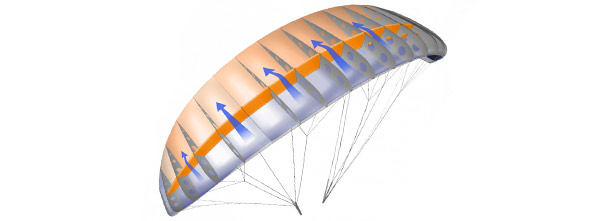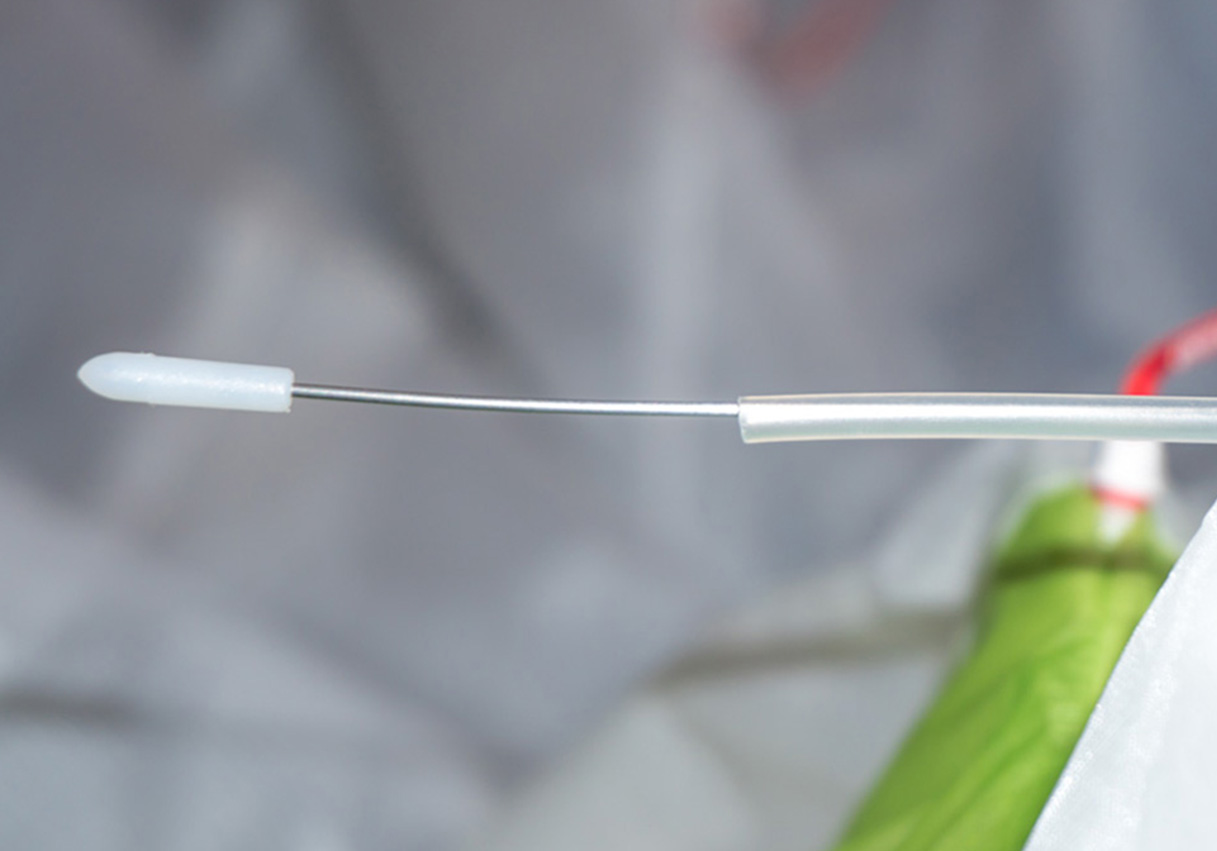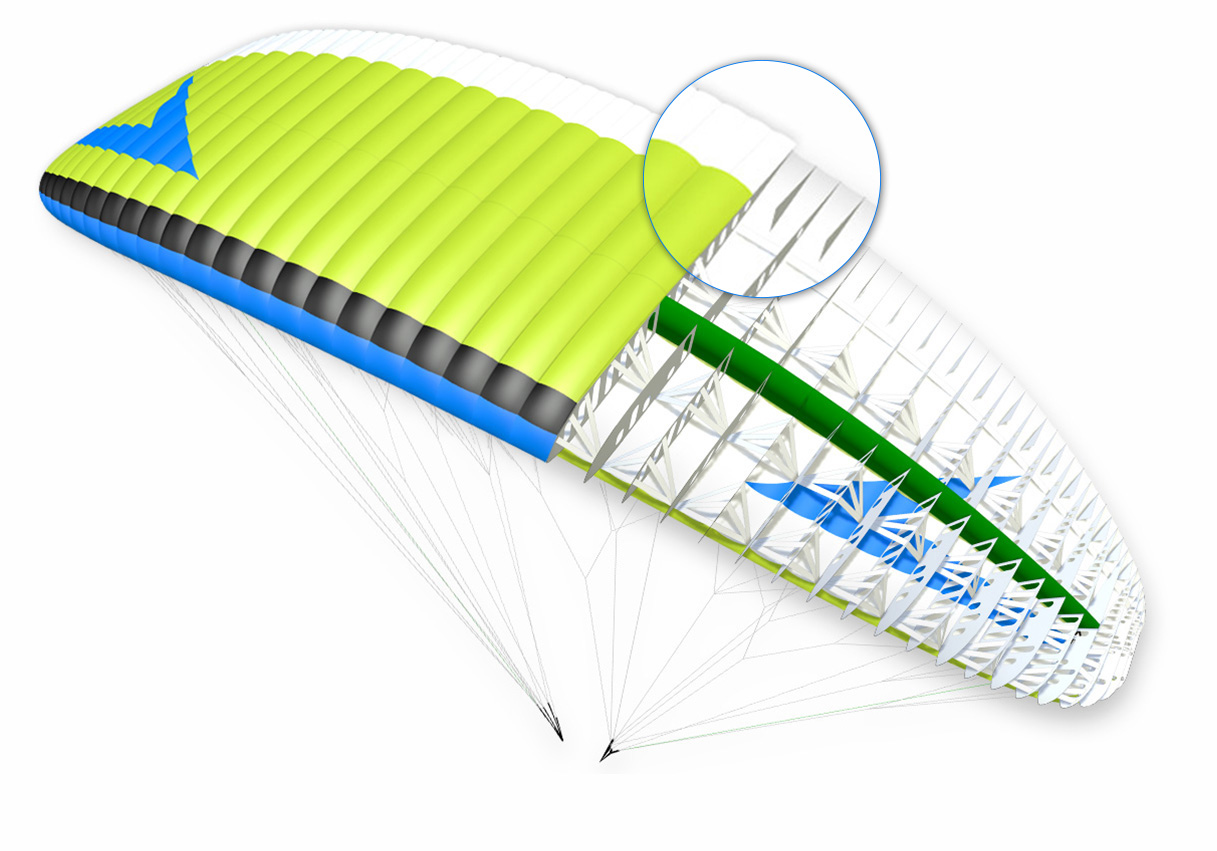STING RS
…just fly!
STING RS – just fly!
Simply take an evening spin around and over your own house or let yourself be carried up to the clouds with the engine switched off after taking off in the flatlands – the STING RS makes your dreams come true!
The STING RS is a comfortable and simple dual-purpose paramotor wing that will accompany your flying career from training to licensed pleasure/XC pilot.
Due to its design, the STING RS is primarily suitable for foot launch.
But the STING RS also cuts a great figure on vacation in the mountains or on the coast with its excellent free-flight characteristics and paraglider type approval, allowing you to get started safely in thermal flying or coastal soaring.
Features
detail-pirctures
colors

Fire

Fluid

Energy
| STING RS | 22 | 24 | 26 | 28 | 31 | 34 |
|---|---|---|---|---|---|---|
| LTF Certification | B(A) | B(A) | B(A) | B(A) | B(A) | A |
| CEN Certification | B(A) | B(A) | B(A) | B(A) | B(A) | A |
| Permissible weight range (kg) Min/Max incl. Equipment |
55-75 | 70-90 | 80-100 | 90-110 | 105-125 | 115-145 |
| Recommended weight range (kg) Min/Max incl. Equipment |
60-75 | 75-90 | 88-100 | 98-110 | 108-125 | 120-135 |
| Permissible weight range DGAC (kg) Min/Max incl. Equipment |
70-125 | 90-140 | 100-155 | 110-170 | 125-185 | 145-180 |
| Recommended weight range for foot start DGAC (kg) Min/Max incl. Equipment |
70-100 | 90-115 | 100-125 | 110-140 | 125-155 | 145-180 |
| cells | 48 | 48 | 48 | 48 | 48 | 48 |
| wing area (m²) | 22,0 | 24,4 | 26,0 | 27,5 | 30,9 | 34,0 |
| projected wing area (m²) | 19,2 | 21,4 | 22,7 | 24,0 | 27,0 | 29,7 |
| wing span (m) | 10,6 | 11,2 | 11,6 | 11,9 | 12,6 | 13,2 |
| projected wing span (m) | 8,6 | 9,1 | 9,4 | 9,7 | 10,3 | 10,8 |
| aspect ratio | 5,15 | 5,15 | 5,15 | 5,15 | 5,15 | 5,15 |
| projected aspect ratio | 3,9 | 3,9 | 3,9 | 3,9 | 3,9 | 3,9 |
| glider weight (kg) | 5,1 | 5,5 | 5,7 | 6,0 | 6,5 | 6,9 |
* The performance data depend on the wing loading, the atmospheric conditions and the harness used, as well as the pilot’s position
- SWING STING RS
- manual
- Inner pack sack 2.0 (55 l)
- Carrying strap bag 2.0
- Accelerator Free*Spee 3.0
- compression strap
- Quick packsack
(alternatively Sherpa L/XL, Explorer 90, Everest 75/95 or without packsack)




















